© 2008 Chris Collins and Ronald W. Millard
EDUCAUSE Review, vol. 43, no. 5 (September/October 2008)
Galapagos Islands in Second Life
In 1832, Charles Robert Darwin, at age twenty-three and with a freshly minted bachelor’s degree in theology from Cambridge University, was selected to serve as the unpaid naturalist aboard the HMS Beagle on its second voyage under Captain Robert FitzRoy. Its mission was to undertake a survey of South America beyond Patagonia and Tierra del Fuego, the subject of the first voyage. In the twenty-two years after his return, Darwin conducted myriad geological and natural scientific studies refining his findings and interpretations. On July 1, 1858, the Darwin-Wallace papers on evolution theory were read at the Linnean Society meeting, with little note and small attendance. Motivated by the public exposure of the evolution theory, Darwin began an abstract of his planned major work on evolution, and on November 24, 1859, John Murray of London published a limited, first edition (1,250 copies) of Darwin’s unexpectedly popular On the Origin of Species by Means of Natural Selection.
In the 150 years since Darwin’s treatise was first published, accruing evidence has confirmed evolutionary theory as fact in biology. The terms natural selection, survival of the fittest, and evolution are now broadly applied in such disparate fields as architecture, business and finance, medicine, and philosophy—moving well beyond archeology, geology, and biology, from which the evidence arises. Nearly every discipline in academia studies some aspect of Darwin’s work; from the scientific to the social and political, the theory of evolution has had a lasting impact on our understanding of ourselves and our world.
In honor of Darwin’s legacy, the University of Cincinnati has planned a two-year celebration of the sesquicentennial anniversary of the publication of On the Origin of Species. On the university’s physical campus, the celebration will include a philosophy seminar series, the 2009 North American Paleontological Convention, lectures and symposia in biology, medicine, and business, exhibits of Darwin memorabilia, and much more. Students, faculty, and alumni will take trips to visit historic sites from Darwin’s time in England, and another group will visit the Galapagos Islands, where Darwin’s observations added to his eventual ideas for his theory of evolution. As the planning for the celebration progressed, the planning committee began to explore ways to expand the outreach of the celebration to the general public and even to the world—and an idea was born.
What if students could participate in a re-creation of Darwin’s historic journey to the Galapagos Islands and see indigenous species in their natural habitats? What if the photographs, videos, and materials collected by students on their trips to study Darwin’s work could be shared with the broader public? At the University of Cincinnati’s virtual replica of the Galapagos Islands in Second Life, they can (see Figure 1).
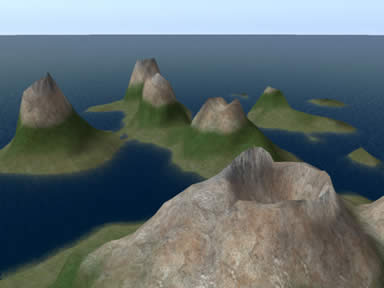
Figure 1. The virtual Galapagos Archipelago being re-created by the University of Cincinnati
In the summer of 2008, a team of faculty and IT staff began the process of re-creating the Galapagos Islands in the virtual world of Second Life. Digital elevation map (DEM) data was used to re-create the geography and terrain of the islands, and a cross-disciplinary team of faculty and researchers are in the process of creating digital replicas of real-life indigenous species from the islands (see Figure 2).
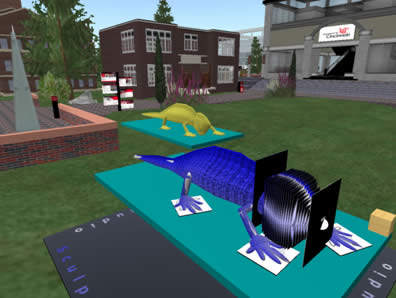
Figure 2. Model of a land iguana being created for the virtual Galapagos Islands
When the site-building process is complete, the re-created islands will be used in both honors and regular undergraduate courses spanning diverse subject areas, from biology and geography to the social sciences. Anthony Perzigian, Provost of the University of Cincinnati, said: “The addition of the Darwin Galapagos Project to the University of Cincinnati’s island on Second Life will certainly encourage pedagogic attention of our faculty and fit very well with the learning styles of our entering undergraduates who are ‘digital natives.’â€
Professor Kenneth Petren (see Figure 3), who studies Galapagos finches and is an active outreach speaker promoting science literacy, will co-lead an undergraduate honors course that will include a guided visit to the Galapagos Islands in 2009. Petren noted: “The Darwin Galapagos Project on UC’s Second Life island will expand our ability to bring evidence-based information on species diversity and on evolution to a broader audience through a virtual experiential learning modality. Second Life allows instructors to convey a sense of place. The landscape is a central part of the Galapagos experience, and it is difficult to convey the sense of scale with photos in a book or lecture. Instructors can use Second Life to nest core principals of science and engineering within their larger context, resulting in a great benefit for the students. It is simply much more exciting to explore and discover things, much like Darwin did during the voyage of the Beagle.â€
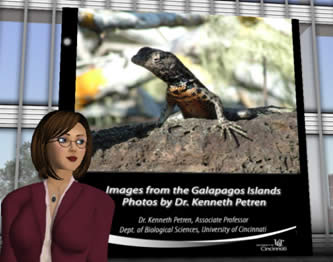
Figure 3. Fleep Tuque (University of Cincinnati Second Life Project Manager Chris Collins) in front of photographs taken on the real Galapagos Islands by Professor Kenneth Petren, faculty member in the Department of Biology, University of Cincinnati
In 2009, the virtual Galapagos Islands will be opened to the public, allowing anyone with Internet access and a machine capable of running the Second Life software to visit the islands, learn about Darwin’s work and the ecology of the Galapagos, and virtually attend symposia and lectures streamed live from the University of Cincinnati campus and from regional partner organizations (see Figure 4). A re-creation of the HMS Beagle will house documents, research notes, and other materials from Darwin’s journeys, and an automated tour will allow visitors to sail around the islands on the same route that Darwin took on the Beagle.
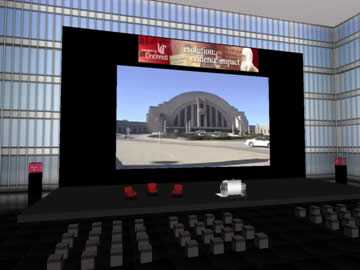
Figure 4. The Darwin Celebration Theatre and Gallery, where live events and symposia will be streamed into Second Life
Nothing can replace visiting the real Galapagos Islands, of course, but in avatar form, a visitor (faculty, student, or member of the public) can explore and much more easily visualize the relative scale of terrain and life forms and can witness the diversity of species first recorded and reported by Darwin. And through the collaborative tools of the Second Life platform, faculty can share research, create 3D models and data visualizations, and hold virtual seminars that can be attended by students and the public (see Figure 5), even if they can’t visit the physical University of Cincinnati campus or the real Galapagos Islands.
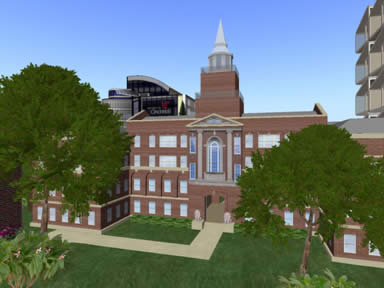
Figure 5. Reproduction of McMicken Hall on the University of Cincinnati virtual campus in Second Life
For more information about the University of Cincinnati’s Darwin Sesquicentennial Celebration program Evolution: Evidence and Impact, please see http://www.uc.edu/darwin/.
